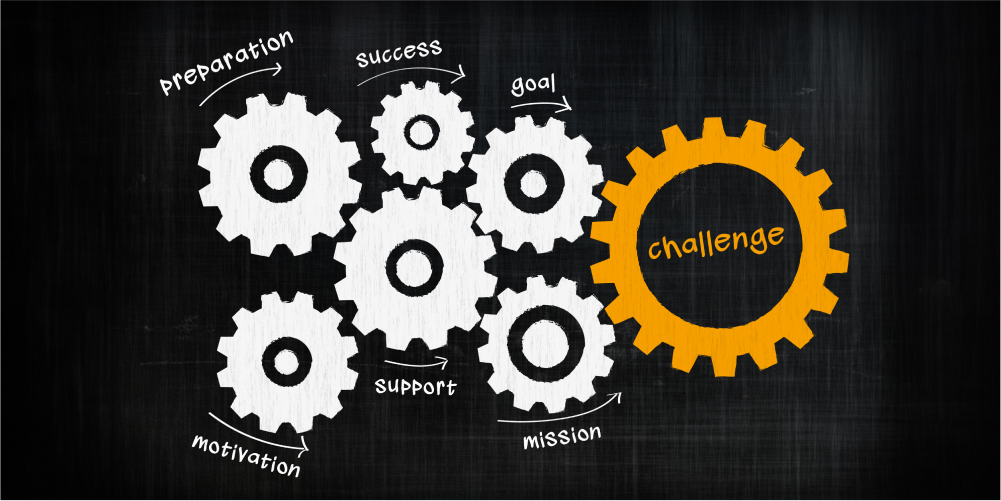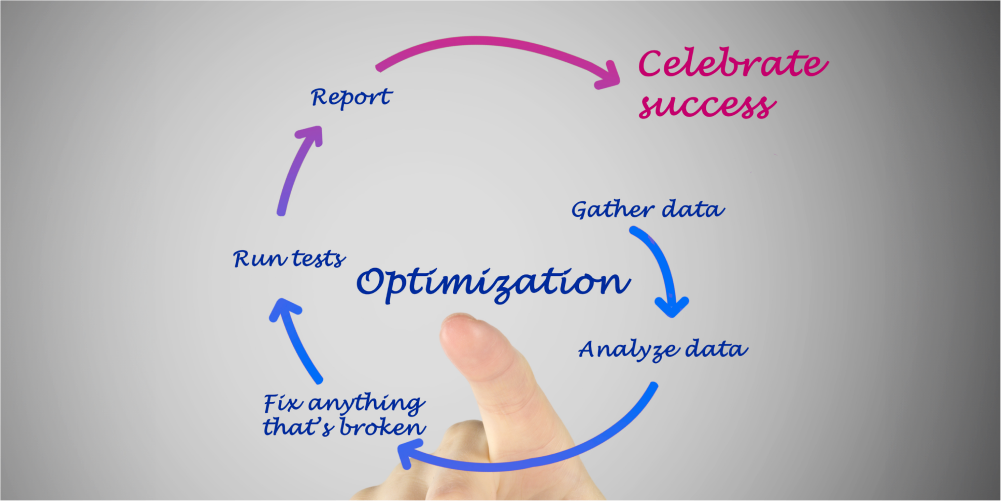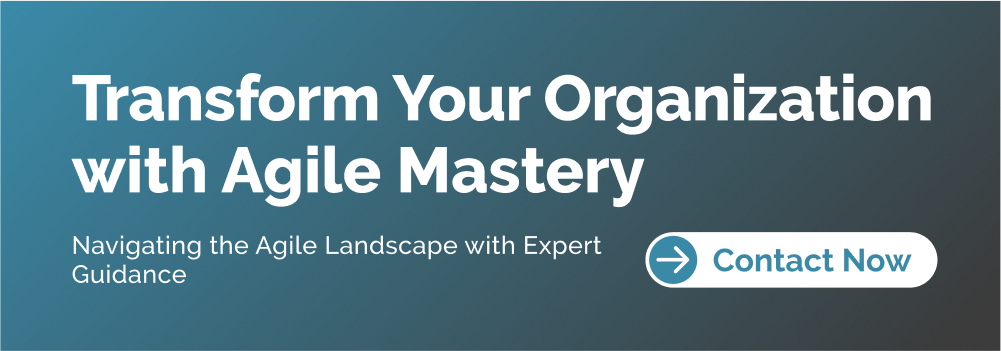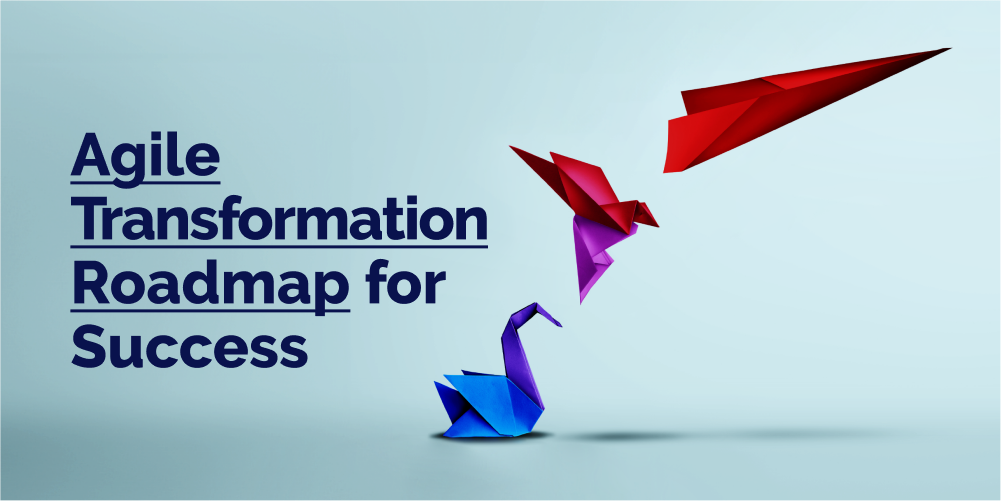Digital Transformation, zBlog
The Agile Transformation Journey: A Roadmap for Organizational Success
Team Trantor | Updated: April 22, 2024
Introduction
In today’s rapidly evolving business landscape, organizations are constantly seeking ways to adapt, innovate, and stay ahead of the curve. One of the most significant digital transformation trends sweeping across industries is the shift towards agile methodologies. Agile has become a buzzword in the business world, promising increased flexibility, faster time-to-market, and improved collaboration – all critical ingredients for success in the modern, dynamic marketplace. However, embarking on an agile transformation journey is no easy feat. It requires a fundamental shift in mindset, processes, and organizational culture. Many organizations struggle to navigate the complexities of this transition, often facing resistance to change, siloed thinking, and a lack of clear direction.
In this comprehensive blog post, we’ll guide you through the agile transformation journey, providing a roadmap for organizations looking to embrace the power of agile and achieve long-term success.
Understanding the Agile Transformation
Agile is a set of principles and practices that emphasize iterative development, continuous improvement, and adaptability. It originated in the software development industry, but its benefits have since been widely recognized across various sectors, from marketing to finance to human resources.
The core of the agile transformation is the shift from traditional, waterfall-based approaches to a more flexible, customer-centric way of working. This transformation encompasses changes in organizational structure, team dynamics, decision-making processes, and the overall mindset of the workforce.
The Benefits of Agile Transformation

- 1. Increased Adaptability: Agile methodologies enable organizations to respond quickly to changing market conditions, customer needs, and emerging technologies. This adaptability is crucial in today’s fast-paced business environment.
- 2. Enhanced Collaboration: Agile emphasizes cross-functional teamwork, open communication, and shared ownership of projects. This fosters a culture of collaboration and breaks down traditional silos.
- 3. Improved Productivity: Agile practices, such as regular sprints, backlog prioritization, and continuous feedback loops, help teams focus on delivering high-value work more efficiently.
- 4. Better Customer Engagement: Agile’s emphasis on customer collaboration and frequent feedback loops allows organizations to better understand and respond to customer needs, leading to increased customer satisfaction and loyalty.
- 5. Faster Time-to-Market: Agile’s iterative development approach enables organizations to bring products and services to market more quickly, giving them a competitive edge.
- 6. Reduced Risk: Agile’s focus on incremental delivery and continuous learning helps organizations identify and address risks early in the development process, reducing the potential for costly mistakes.
The Challenges of Agile Transformation

While the benefits of agile transformation are numerous, the journey is not without its challenges. Some of the key obstacles organizations may face include:
- 1. Resistance to Change: Agile requires a significant shift in mindset and organizational culture, which can be met with resistance from employees who are comfortable with traditional, hierarchical structures.
- 2. Lack of Leadership Commitment: Successful agile transformation requires strong leadership support and a willingness to embrace change at the highest levels of the organization.
- 3. Siloed Thinking: Agile emphasizes cross-functional collaboration, but many organizations struggle to break down the traditional silos that exist between departments and teams.
- 4. Lack of Agile Expertise: Transitioning to agile requires specialized knowledge and skills, which may not be readily available within the organization, necessitating investment in training and upskilling.
- 5. Difficulty Scaling Agile: As organizations grow, scaling agile practices across the entire enterprise can be a significant challenge, requiring careful planning and coordination.
The Agile Transformation Roadmap

To navigate the complexities of the agile transformation journey, organizations can follow a structured roadmap that addresses the key elements of this transition. This roadmap consists of five essential steps:
- 1. Assess and Align
- 2. Design and Plan
- 3. Implement and Iterate
- 4. Scale and Sustain
- 5. Measure and Optimize
Let’s explore each step in detail:
1. Assess and Align

The first step in the agile transformation journey is to assess the current state of the organization and align stakeholders on the need for change.
Key Activities:
- Conduct a comprehensive organizational assessment to understand the existing culture, processes, and pain points.
- Identify the key drivers and business objectives that are driving the need for agile transformation.
- Engage with leadership and key stakeholders to ensure alignment on the strategic vision and goals for the transformation.
- Establish a clear understanding of the organization’s current agility maturity level and the desired future state.
Outcomes:
- A clear understanding of the organization’s readiness and capability for agile transformation.
- Alignment among leadership and stakeholders on the strategic importance and expected outcomes of the transformation.
- A well-defined set of goals and success metrics to guide the transformation journey.
2. Design and Plan

With a solid foundation of understanding and alignment, the next step is to design the agile transformation plan and prepare the organization for the change.
Key Activities:
- Define the specific agile practices, frameworks, and methodologies that will be adopted (e.g., Scrum, Kanban, SAFe).
- Develop a comprehensive change management strategy to address the people, process, and technology aspects of the transformation.
- Identify the necessary resources, skills, and capabilities required to support the agile transformation.
- Create a detailed implementation roadmap with clear milestones, timelines, and roles and responsibilities.
- Establish governance structures and decision-making processes to guide the transformation.
Outcomes:
- A well-designed agile transformation plan that aligns with the organization’s strategic objectives.
- A comprehensive change management strategy to address the human and cultural aspects of the transformation.
- A clear implementation roadmap with defined roles, responsibilities, and milestones.
- Established governance structures to oversee and guide the transformation journey.
3. Implement and Iterate

With the transformation plan in place, the next step is to begin the implementation process, focusing on iterative, data-driven improvements.
Key Activities:
- Pilot the agile practices and frameworks in selected teams or business units to test and refine the approach.
- Provide comprehensive training and coaching to equip employees with the necessary skills and mindset for agile ways of working.
- Establish feedback loops and continuous improvement mechanisms to gather insights and adapt the transformation plan as needed.
- Empower cross-functional teams to make decisions, experiment with agile practices, and drive the transformation forward.
- Celebrate small wins and successes to build momentum and reinforce the value of the transformation.
Outcomes:
- Successful implementation of agile practices and frameworks in selected areas of the organization.
- A skilled and empowered workforce that embraces agile ways of working.
- Ongoing feedback and continuous improvement to refine the transformation approach.
- Increased momentum and enthusiasm for the agile transformation journey.
4. Scale and Sustain

As the agile transformation gains traction, the focus shifts to scaling the adoption across the entire organization and ensuring the long-term sustainability of the changes.
Key Activities:
- Develop a comprehensive scaling strategy to expand the agile practices and mindset organization-wide.
- Establish clear governance structures, roles, and responsibilities to support the scaled agile implementation.
- Implement integrated communication and change management plans to drive adoption and address resistance.
- Invest in ongoing training, coaching, and knowledge-sharing to build a self-sustaining agile culture.
- Continuously monitor and measure the impact of the transformation to identify areas for further improvement.
Outcomes:
- Successful scaling of agile practices and mindset across the entire organization.
- Sustainable agile governance structures and decision-making processes.
- A workforce that is engaged, empowered, and actively embraces agile ways of working.
- Measurable improvements in key performance indicators and business outcomes.
5. Measure and Optimize

The final step in the agile transformation roadmap is to continuously measure the impact of the changes and optimize the approach to ensure ongoing success.
Key Activities:
- Establish a comprehensive set of key performance indicators (KPIs) to track the progress and impact of the transformation.
- Regularly collect and analyze data from various sources, including employee feedback, customer metrics, and business outcomes.
- Use the insights gained to identify areas for improvement, refine the transformation strategy, and address any emerging challenges.
- Continuously iterate and optimize the agile practices, processes, and supporting technologies to ensure they remain aligned with the organization’s evolving needs.
- Share learnings and best practices across the organization to foster a culture of continuous improvement.
Outcomes:
- A data-driven approach to monitoring and evaluating the agile transformation’s success.
- Continuous optimization and refinement of the agile practices and supporting infrastructure.
- A culture of continuous improvement and shared learning that sustains the transformation over the long term.
- Measurable improvements in key business metrics, demonstrating the tangible value of the agile transformation.
The Role of Trantor in Agile Transformation
Embarking on an agile transformation journey can be a complex and daunting task for many organizations. That’s where Trantor can play a crucial role in guiding and supporting your organization through this transformative process.
Trantor’s expertise in agile methodologies, change management, and organizational transformation can be invaluable in navigating the challenges and complexities of the agile transformation journey.
How Trantor Can Help
- 1. Agile Consulting and Advisory Services: Trantor’s team of agile experts can help you assess your organization’s readiness, define the strategic vision and objectives for the transformation, and develop a comprehensive plan to achieve your goals.
- 2. Agile Implementation and Coaching: Trantor can provide hands-on support in implementing agile practices and frameworks, including Scrum, Kanban, and SAFe. They can also offer coaching and mentoring to help your teams and leaders develop the necessary skills and mindset for agile success.
- 3. Change Management and Cultural Transformation: Recognizing the critical importance of people and culture in agile transformations, Trantor can help you design and execute effective change management strategies to address resistance, foster employee engagement, and cultivate an agile mindset across the organization.
- 4. Scaling and Optimization: As your agile transformation matures, Trantor can assist in scaling the adoption of agile practices across the enterprise, ensuring sustainable governance and continuous improvement.
- 5. Training and Knowledge Transfer: Trantor can provide comprehensive training programs to upskill your workforce, developing the necessary skills and capabilities to support the agile transformation and maintain the momentum over the long term.
By partnering with Trantor, your organization can benefit from its deep expertise, proven methodologies, and hands-on support, increasing your chances of a successful and sustainable agile transformation.
Conclusion
The agile transformation journey is a critical and often challenging undertaking for organizations seeking to thrive in today’s dynamic business landscape. By following a structured roadmap that encompasses assessment, design, implementation, scaling, and continuous optimization, organizations can navigate the complexities of this transformation and unlock the numerous benefits of agile ways of working.
However, embarking on this journey alone can be daunting. That’s where Trantor can be an invaluable partner. With their deep expertise in agile methodologies, change management, and organizational transformation, Trantor can guide you through every step of the agile transformation roadmap, helping you overcome challenges, scale the adoption, and sustain the changes over the long term.
By leveraging Trantor’s services, your organization can confidently and effectively navigate the agile transformation journey, positioning itself for long-term success in the rapidly evolving business landscape.





